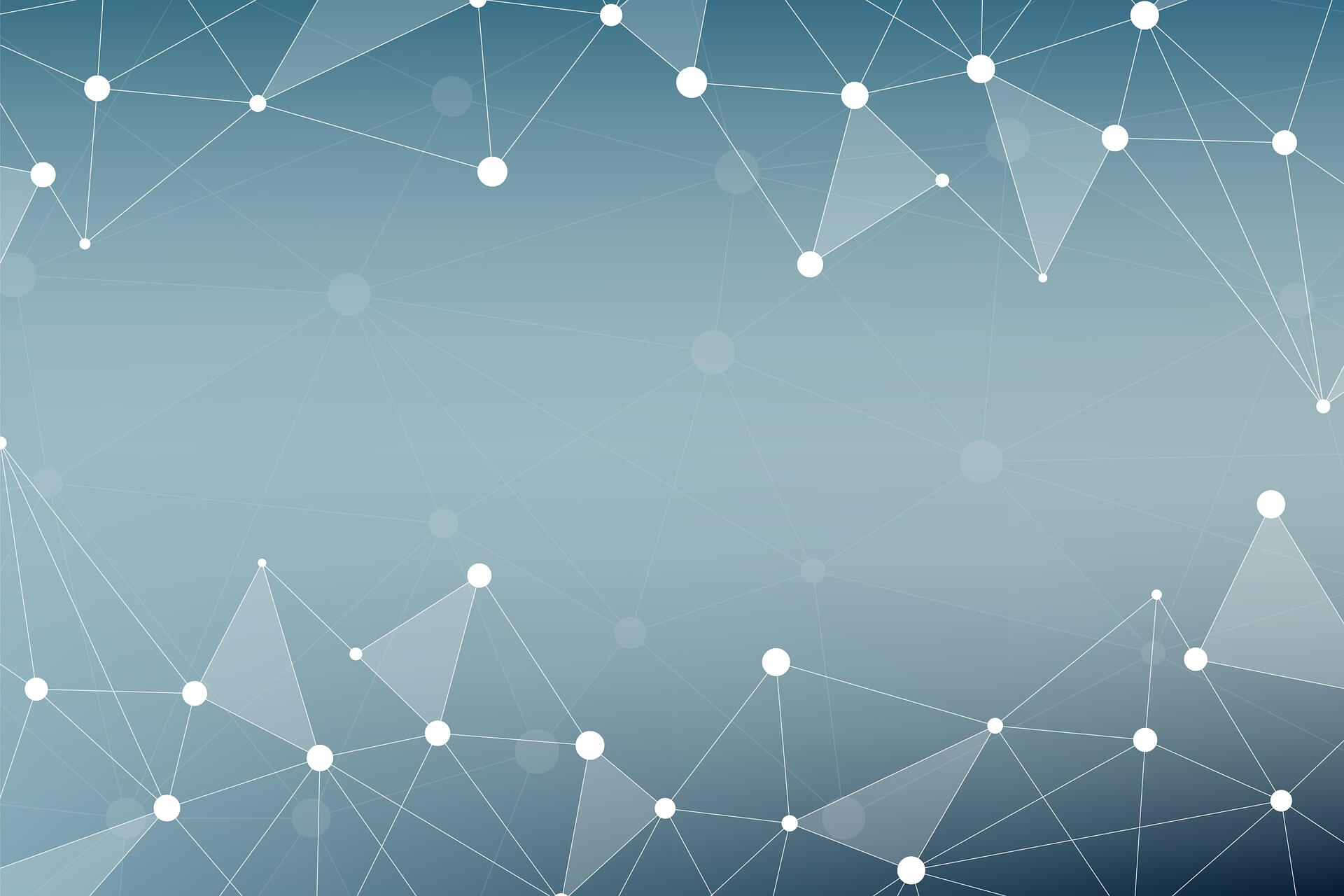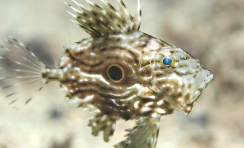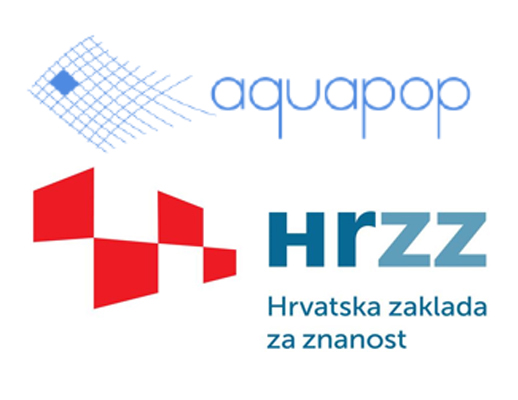Laboratory for Aquaculture
About the lab
Activities of laboratory for aquaculture are directed towards enhancement and introduction of new technological – technical solutions in farming of aquatic organisms. Development of modern molecular and biostatistical approaches are fostered in order to investigate and evaluate ecological and genetic influences of aquaculture on local marine populations as well as on various research aspects of disease disorders in marine organisms.
In order to support and promote sustainable practices, main research activities cover various aspects of aquaculture and aquatic organism related areas, including reproduction, diet supplement development, biotechnology and aquaculture environmental interactions management.
The Lab staff is also active in providing consultation to government, private sectors and various stake holders in aquaculture.
Since the monitoring of farming activities and impact of aquaculture on local marine population presents a complex subject, the laboratory approach is a multidisciplinary one in order to cover many aspects through the research of:
- Genetic structures of native natural populations of species of interest for sports and recreational fishing and mariculture using molecular genetic markers
- Morphological differentiation between wild and farmed specimens through the implementation of geometric morphometrics tools
- Temperal and spatial variability of fish assemblages associated with seacages in comparison to those that inhabit areas far away from the farming activities through methods of visual census
- Diseases in marine organism, with emphasis on parasitic diseases in fish and shellfish in aquaculture, especially those of zoonotic characteristics (Anisakis spp., Cryptosporidium spp.). The scope of research has expanded on the field of transcriptomics from where the new generation sequencing is applied in several projects, from the applicability of immunostimulas in aquaculture to interaction between the host and parasite in experimental conditions.
Staff
Publications
Staying hooked: effective science engagement and communication in recreational fisheries
New Evidence for the Contemporary Presence of Juvenile White Sharks (Carcharodon carcharias) in the Adriatic Sea
Additional Record of Pterois miles Scorpaenidae in Croatian Waters (Eastern Adriatic Sea)
Projects
Computer programs

Broj Kaveza (HR)
Program služi za izračun broja (kružnih) kaveza potrebnih za uzgoj zadane godišnje količine proizvodnje ribe. Pored veličine kaveza, zadaje se duljina uzgojnog ciklusa (do dvije ili tri godine), način korištenja kaveza.

SettlingVel (HR)
Program za izračunavanje brzine taloženja čestica. Pored sfernog oblika čestice može se birati još devet geometrijskih tijela koja su unutar odgovarajućeg Reynoldsovog broja. Dimenzije čestica mogu se generirati slučajnim brojevima iz zadanih razdioba (Uniform, Normal, Log-Normal, Exponential, Weibull, Empirical). Generirani podaci mogu se prikazati grafički i spremiti kao text file.

VriIzmKav (HR)
Program služi za izračun broja (kružnih) kaveza potrebnih za uzgoj zadane godišnje količine proizvodnje ribe. Pored veličine kaveza, zadaje se duljina uzgojnog ciklusa (do dvije ili tri godine), način korištenja kaveza.


